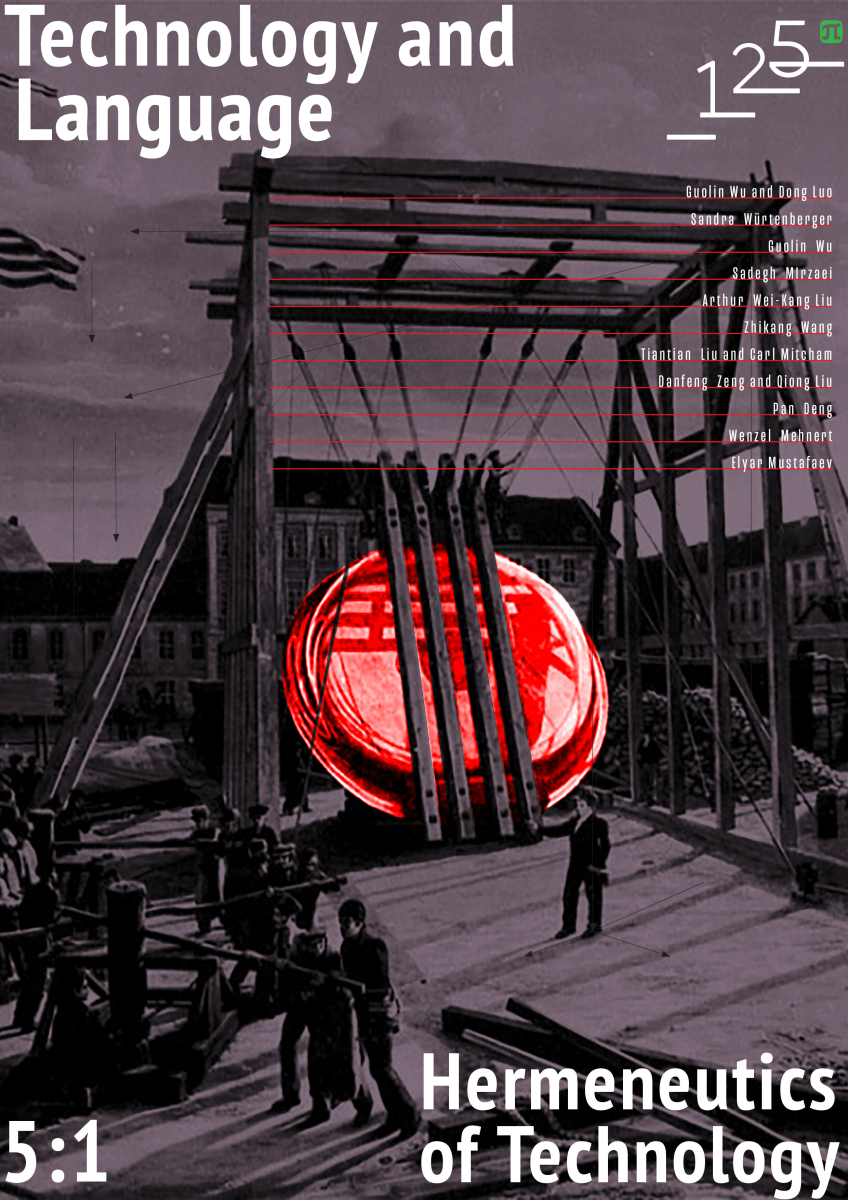Enhancing the Assimilation of Foreign Language Vocabulary when Working with Students of the Digital Generation
The article is devoted to the analysis of modern methods for the assimilation of foreign language vocabulary by students belonging to the so-called digital generation. The aim of the study is to show the promising possibilities of non-traditional approaches to memorization. Generation Z students have peculiarities of perception, processing and assimilation of information, so conventional methods do not show good results. The article presents the digitalization of Leitner's technique related to spaced repetition. Special cards serve as a kind of data bank for a foreign language vocabulary. In special applications for mobile phones, you can independently enter data that need to be memorized. This technique shows good results, because a digital device and small amounts of information are used that do not exceed the RAM capabilities of modern students. The division into separate small fragments for better assimilation is also used in the CLIL (Content and Language Integrated Learning) methodology. The results of introducing the method of spaced repetitions into the educational process exhibit a positive dynamics. In addition, the successful introduction of methods related to sound accents and semantic associations is shown. The humorous component is also important because it helps increase learning motivation and remove psychological barriers that interfere with learning. For example, "barking" when performing memorization actions in the helps to remember the process itself and the desired object– one has only to reproduce this funny sound. The psychological characteristics of students of the digital generation require new teaching and memorization methods, so they need a different amount of time to develop a stable lexical skill.



